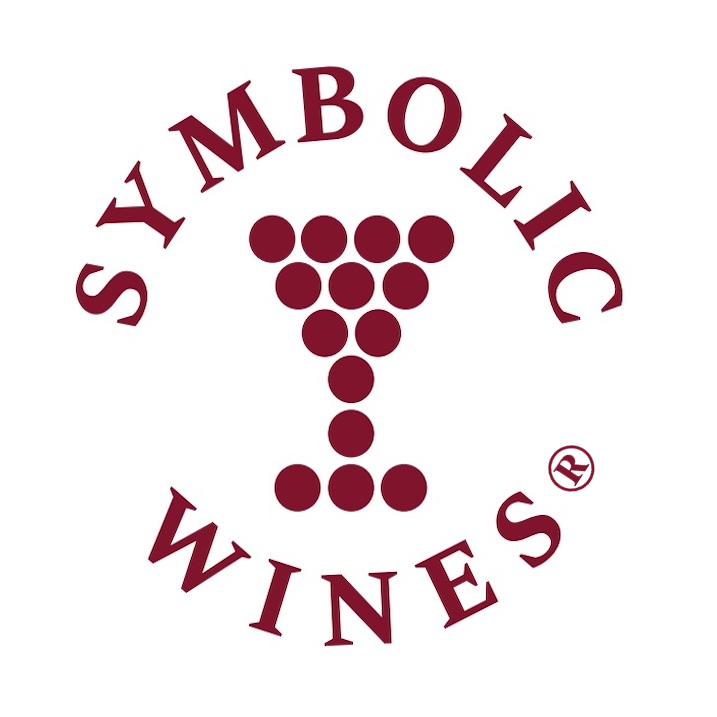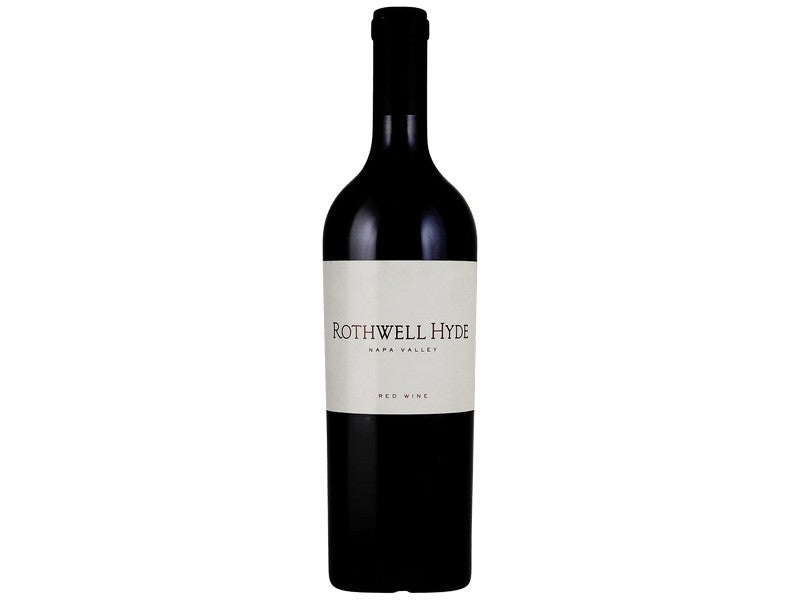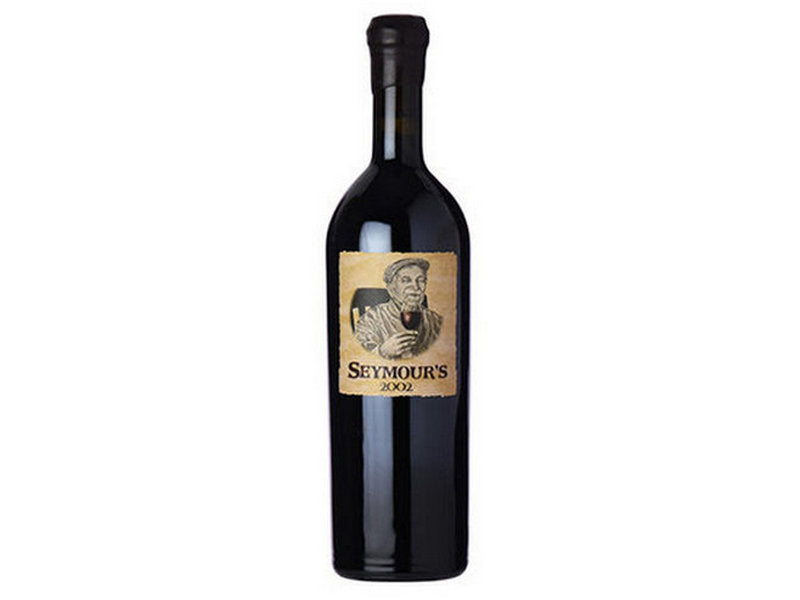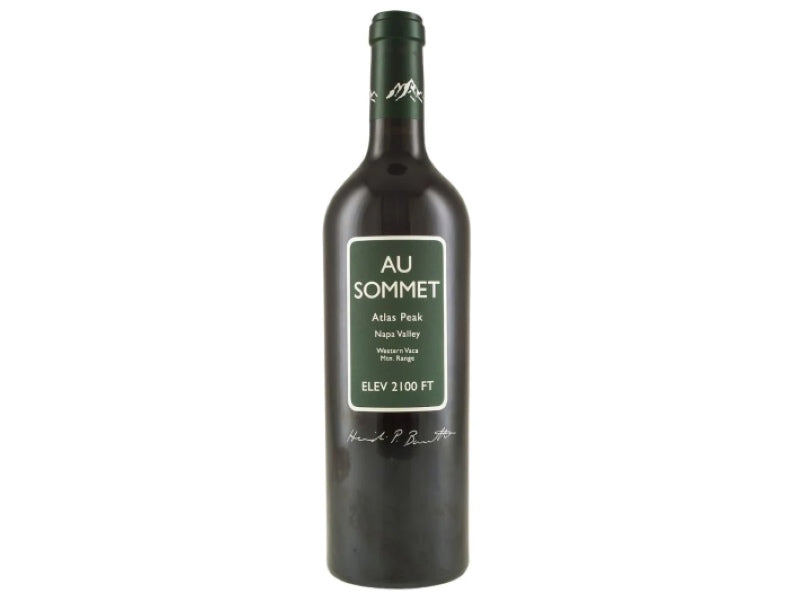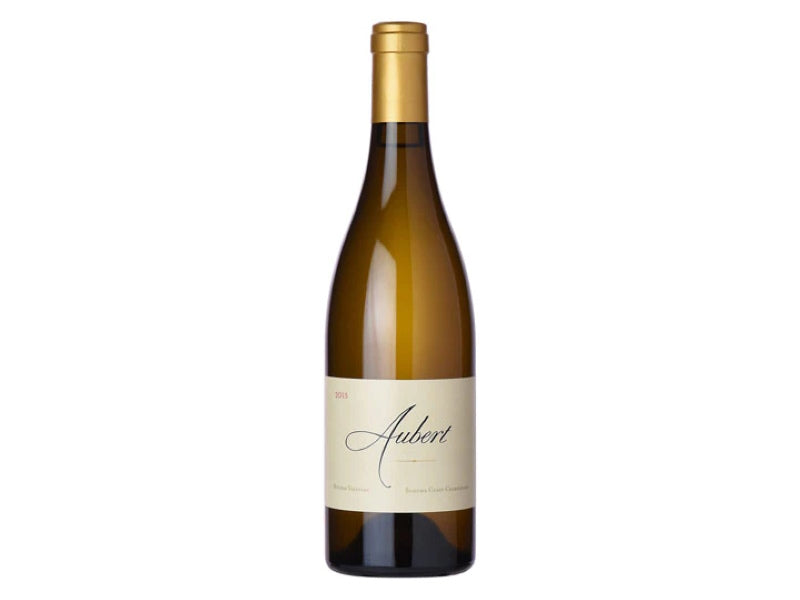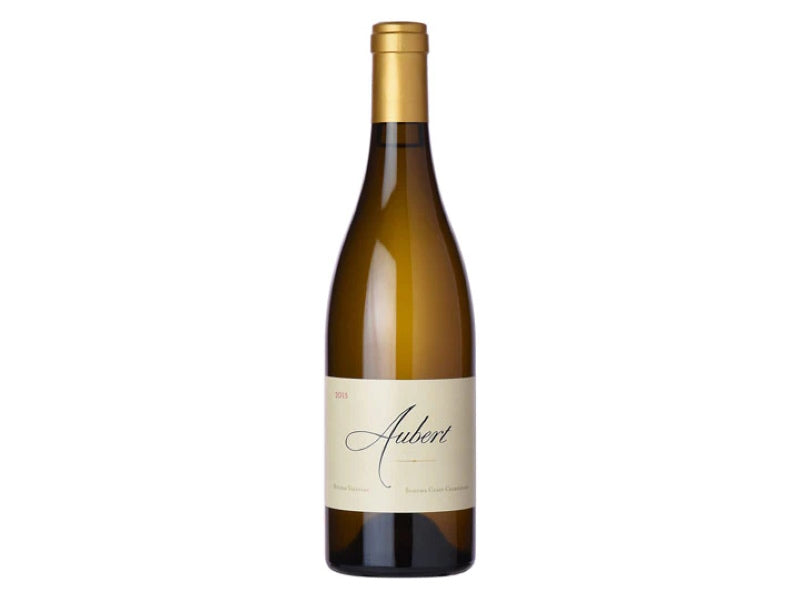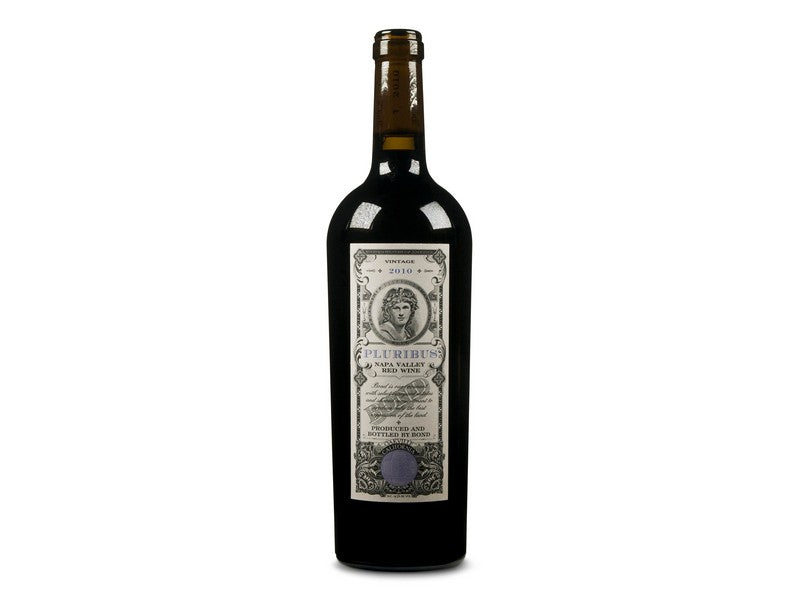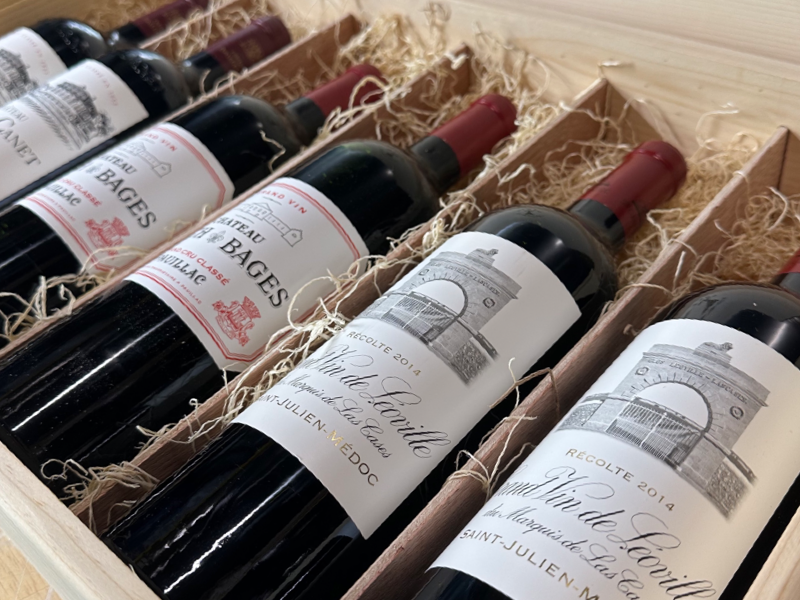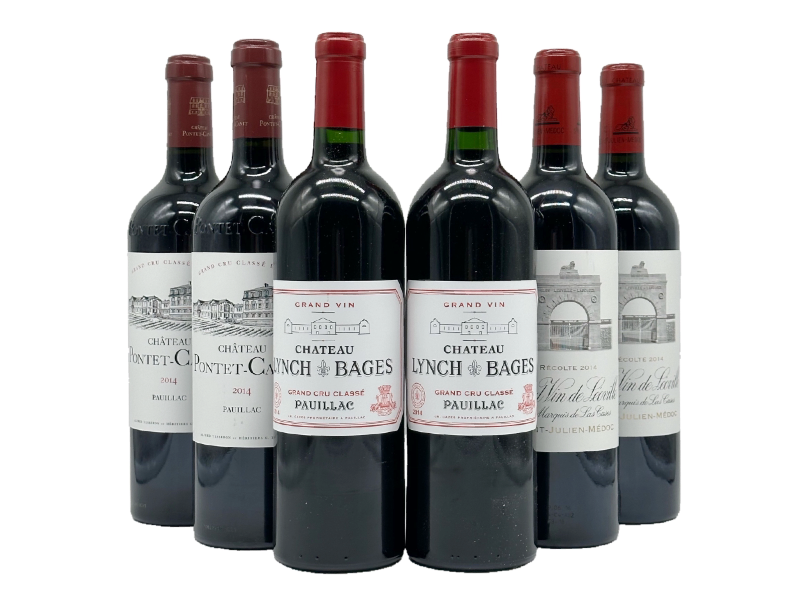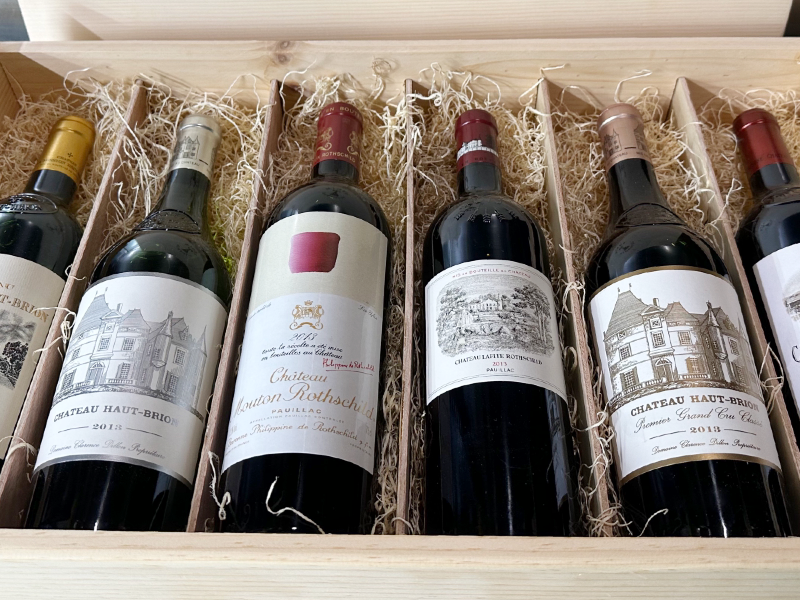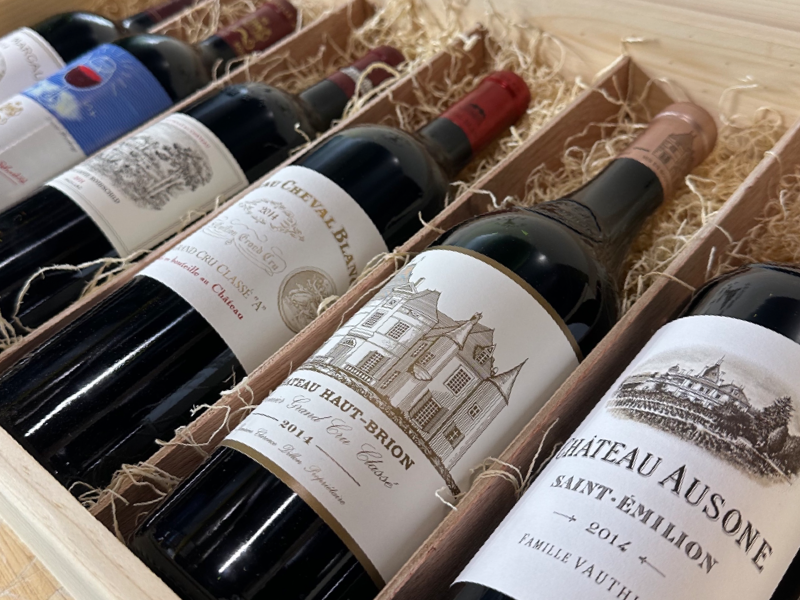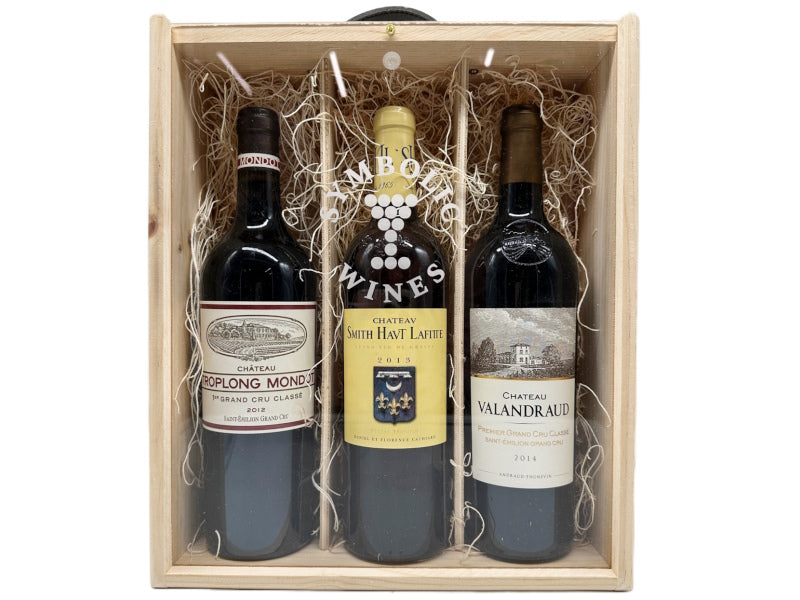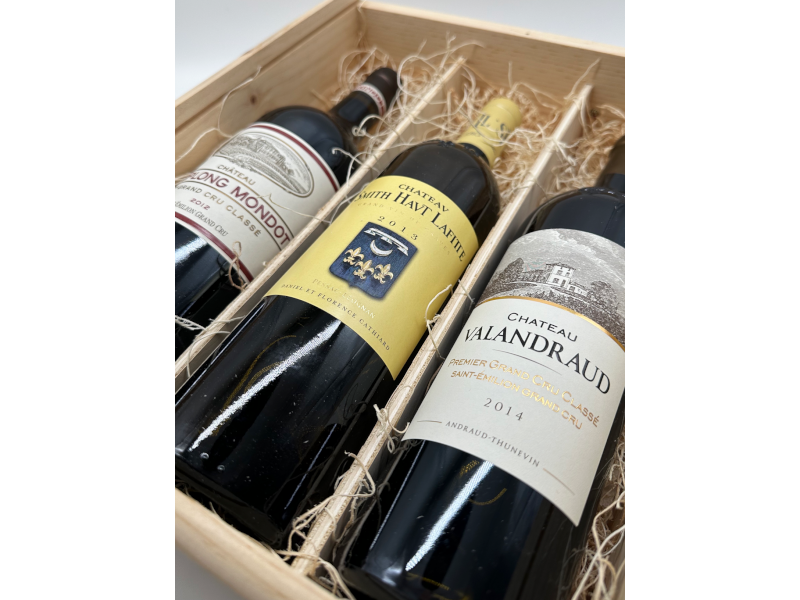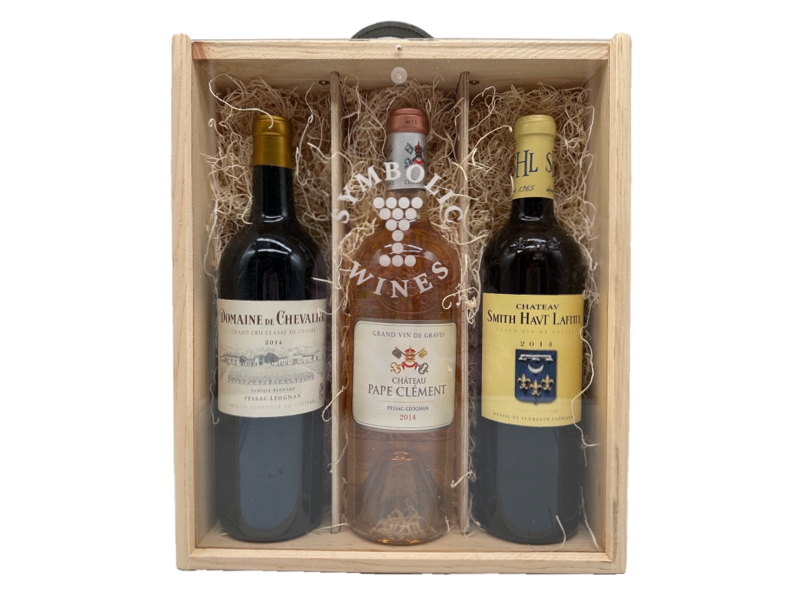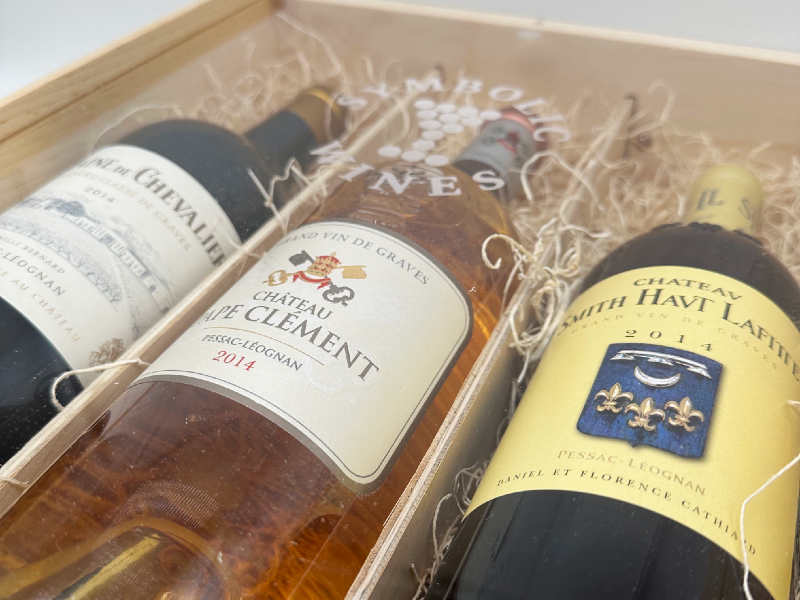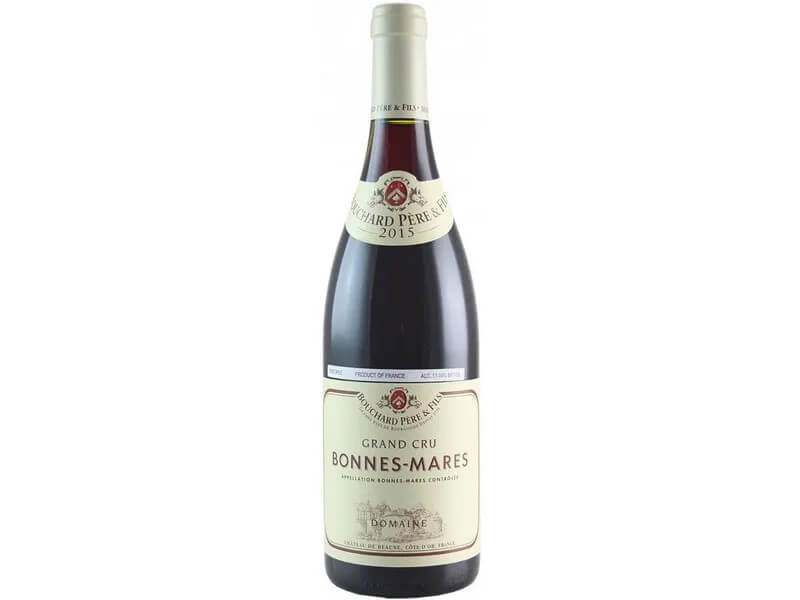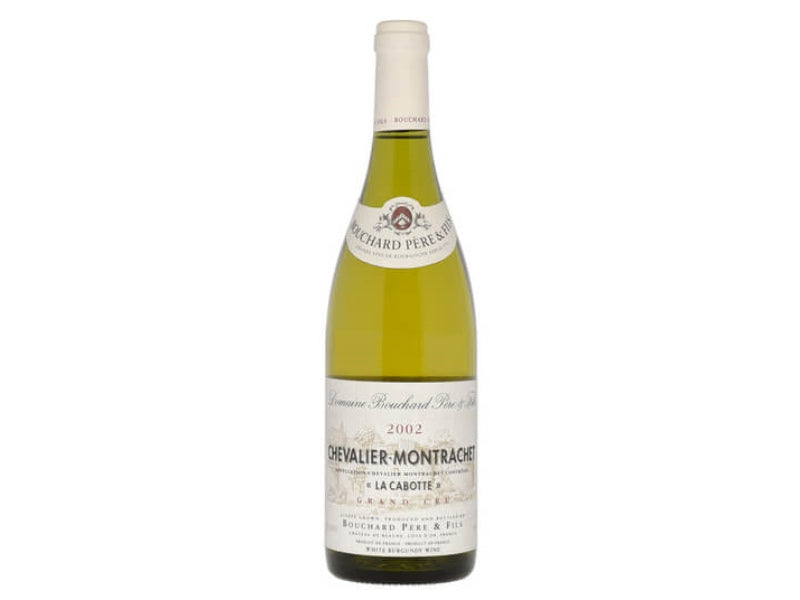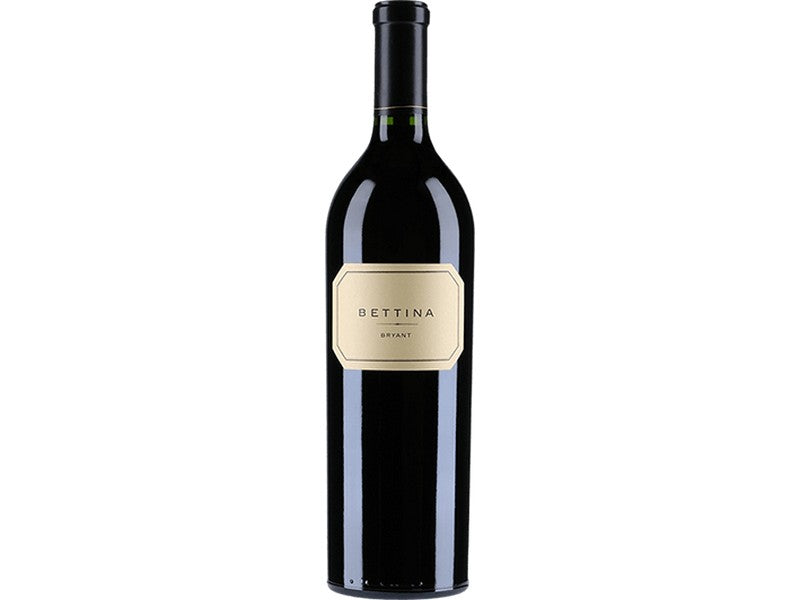
Even the rarest bottles can lose thousands in value through improper storage or documentation.
A truly collectible wine is not just about origin or score — it’s about how well you preserve it. Below are five facts every collector should remember before storing another bottle.
1. Stability beats temperature perfection
One of the most critical cellar parameters is consistency of temperature, not just whether it’s “cool enough”. Industry guidance shows that while a range of about 11 °C to 14 °C (52 °F to 58 °F) is often recommended for fine-wine aging, the difference between storing at 13 °C with no fluctuations and storing at 9 °C but with big swings is significant.
Fluctuations can cause expansion and contraction of the liquid and cork interface, leading to micro-leaks, accelerated ageing or oxidation. For many serious collectors the true threshold of damage happens not just at high temperatures, but when the delta varies by more than 2-3 °C (5 °F) over a short period.
Exception/Note: Some ultra-premium bottles may benefit from slightly higher sustained temperature (e.g., ageing for shorter periods), but this must be a deliberate strategy with full awareness of risk. Most collector portfolios should prioritise low fluctuation over extremely low absolute temperature.
2. Humidity safeguards the cork — and value
Cork integrity is often underestimated in value preservation. If relative humidity (RH) drops below ~60 %, corks shrink and lose seal, letting in oxygen; if RH exceeds ~70–75 %, one risks mold, label damage and condensation issues.
Even for bottles stored horizontally, study of residual ullage (the gap between wine and cork) shows that low humidity can increase ullage growth over time — which may indicate seepage of air or evaporation. Some historic wine caves naturally maintain RH of 70 % or more, which helps explain their value for storage.
Collector tip: Use a calibrated hygrometer and monitor RH monthly. If you see RH dropping steadily or ullage creeping upward consistently, it may signal undervalued risk for that bottle or case.
3. Horizontal storage is non-negotiable (with caveats)
Storing bottles horizontally helps maintain contact between wine and cork, keeping the cork moist and expanded, preventing shrinkage.
However, the nuance: for screw-cap or synthetic-stoppered bottles (increasingly used even in premium wines), orientation matters less — but many legacy bottles with natural cork still dominate the collector segment, so horizontal remains standard. Furthermore, vertical storage over short term (1-2 years) may be acceptable for wines intended to be opened relatively soon — but for long-term aging (10-30 years+), horizontal is far safer.
Exception/Note: If you rotate your collection frequently (e.g., access for tasting) and use bottles with modern closures, you may choose mixed orientation — but you must still monitor for cork condition and ullage regularly.
4. Documentation drives resale confidence
Value in the secondary fine-wine market is driven not only by the vintage or producer, but by provenance, cellaring history and condition. Without documented proof of constant temperature/humidity, location, and fill/level/cork condition, many buyers at auction or private sale will apply significant discounts.
For example: a case stored professionally in a bonded, climate-controlled facility and showing original wooden case, seal, unopened status and documented ledger sells at a premium to an identical case stored in an uncontrolled basement. For high-net-worth collectors, the difference can be multiple thousands of USD per case.
Collector practice: Maintain digital and physical records for your collection: purchase invoice, storage contract, regular condition reports, photographs of each case and bottles at regular intervals (every 5 years). This “audit trail” is part of the asset.
5. Not every wine should age — mis-holding can destroy value
It’s a common misconception that all fine wine improves with time. In fact, many wines are designed for early consumption and holding them past their peak may reduce value, freshness and even enjoyment.
Collector literature estimates that up to 90 % of wines produced globally are ready to drink within 3-5 years; only a small elite subset is deserving of long-term cellaring.
When planning for a collection, treat each purchase with the question: “Does this wine benefit from being held 10–20 years or more — or am I imposing a false strategy?”
Exception/Note: Some premium wines with high acidity, tannin, and small-lot production (e.g., first growth Bordeaux, top Burgundy, cult Napa) may well benefit from 20, 30 or 40 years of cellaring — but they command the infrastructure and attention that accompany real investment-grade bottles.
Why collectors should care:
-
Even premium vintages lose value if cellar conditions or storage history are compromised.
-
Preventive investment in correct cellaring, monitoring and documentation often costs less than value lost through neglect.
-
Understanding which wines are genuinely age-worthy helps avoid costly mis-holds or forced liquidations.
